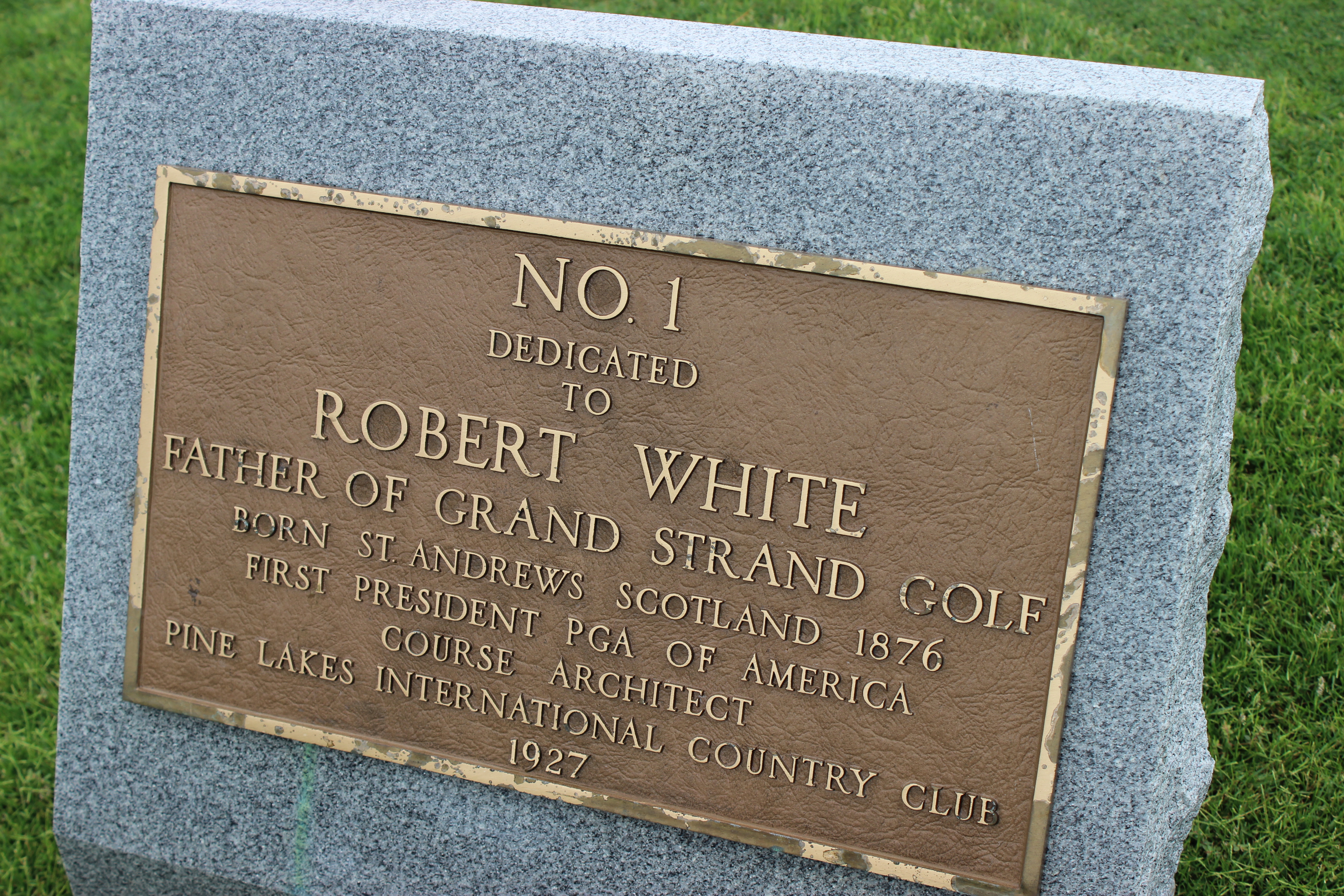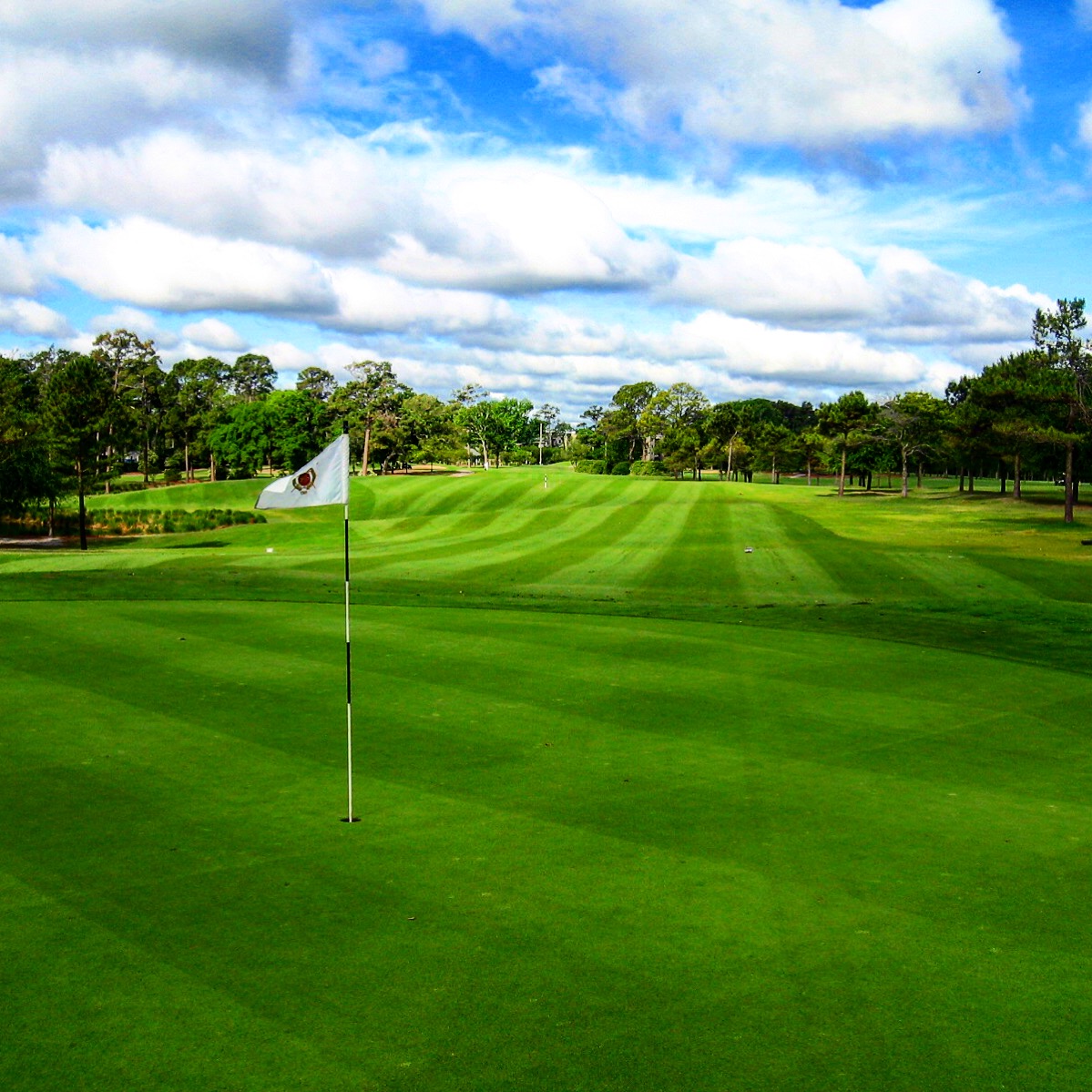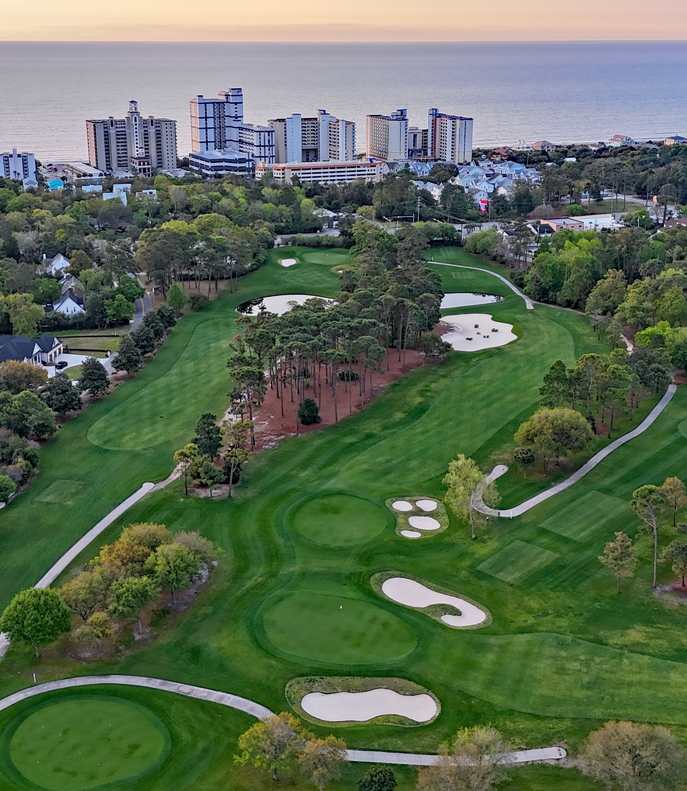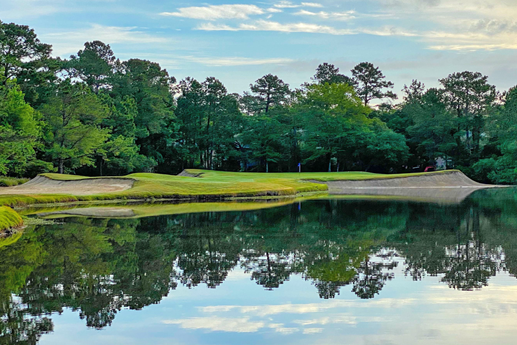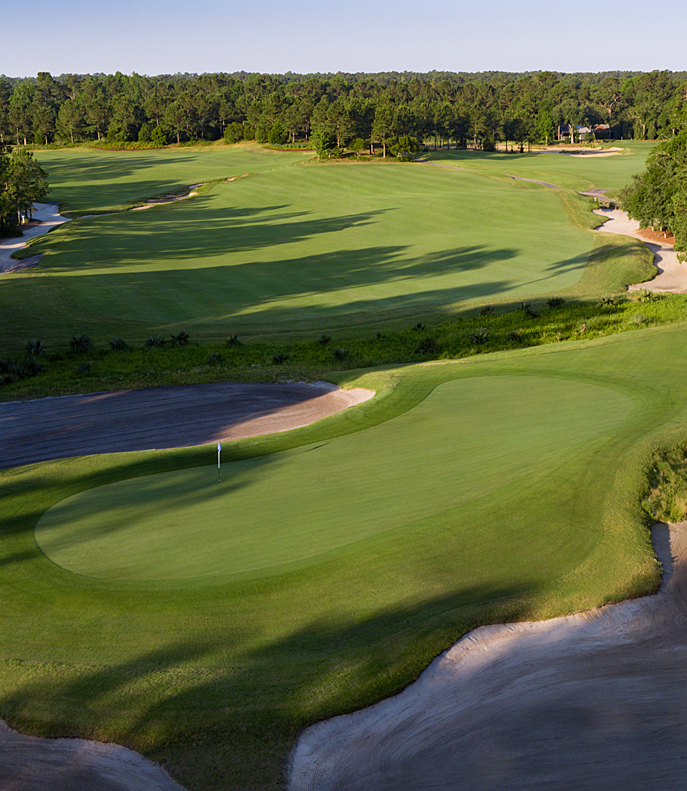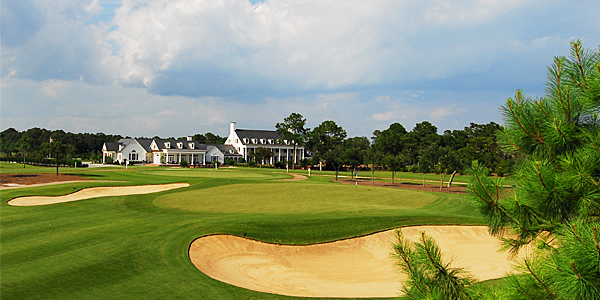
Story by Ian Guerin
MYRTLE BEACH, S.C. | With a sign reading “1927” adorning the sign at the entrance onto Granddaddy Drive, an air of authority sets apart Pine Lakes Country Club.
Myrtle Beach’s first golf course, 90 years in the making and re-making, owns its history.
And, oh, what a glorious history it has been.
What started as the Ocean Forest Country Club and Inn and the vacation home to some of the area’s elite visitors has progressed into something so much more. From serving as the starting point for Sports Illustrated and hosting the home of the Myrtle Beach Golf Hall of Fame to a large-scale renovation project to reinvigorate the course, Pine Lakes continues to bring the old and new together, inspiring all who enter the grounds of “The Granddaddy.”
AT THE BEGINNING
One of the best stories about Pine Lakes also shows just how stable it has been throughout its nine decades. In 1971, the course trademarked its crossing-club and crowned logo.
In the mid-1980s, when clothier Ralph Lauren started selling its own gear with a similar logo, the course went to court, winning not only a monetary judgment but receiving what it really wanted – proof of Pine Lakes’ well-known and established credibility. It was a feather in the cap for the course, it’s membership and the area, one that was frequently overlooked by the larger markets of the Carolinas despite its large tourist draw and the accompanying economic impact.
And while not all of the golf-related portion of the dollars spent in and around Myrtle Beach annually could be attributed to Pine Lakes, all of them could be traced back to the course’s harbinger status. It pre-dated the city’s incorporation by 11 years and showed how important golf could be here.
Robert White’s original design helped continue his rise in the United States. He had also served as the first president of PGA of America and was also one of the founders of the American Society of Golf Course Architects. He called Myrtle Beach his home until his death in 1959, and by that point, the club had already started show its strength on a national scale; the initial discussions that led to the foundation of Sports Illustrated took place on the grounds.
At the time of White’s death, other golf courses in the area had already opened or were being designed, and by the end of the 1990s, at the area’s peak, more than 100 courses were within a short drive of Pine Lakes.
None, however, could boast what it did.
“Obviously, we’re the Granddaddy. We’re the first golf course,” current head golf professional Jonathan Brock said before adding his course’s new-again, old-again focus. “We’re looking to go back to what used to make Pine Lakes what it was – knickers for the starters, the chowder, kilts on the golf course, mimosas in the summer time. We’re trying to embrace the history. It’s what we used to do. It’s what we’re going for.”
Beginning this fall, the employees will again be dressed in their old-school look. The once-famous clam chowder servings will be back sometime after a winter time building project is completed.
Those moves will mirror the ones made in 2008 and 2009, when the course temporarily shut down in order to restore the design closer to White’s original vision for the par-70 track. At that same time, the Myrtle Beach Golf Hall of Fame was established and opened on the premises.
No doubt, history was – and is – served to the extreme.
“What draws people to it is the history behind it and the Granddaddy label,” Shane Bowen, a local realtor who has lived in the area since 2000, said after a recent round. “It’s right in the middle of Myrtle Beach and it’s easy to get to. When we were out there, it was well-maintained. All that combined keeps it viable. everyone knows its story. History plays a big part of it. Not that history is bad. You’ve got that name recognition that makes it stand out among the 100 courses.”
THE COURSE
Bowen’s recent round would have likely been washed out on other courses just around the corner.
Heavy rains halted him and his playing partners in their tracks for approximately 30 minutes, the final few of which left a river-like swash cutting the No. 5 fairway in half.
“It’s pretty amazing, right? We sat out there forever, and we had a river out there in the middle of the fairway,” Bowen said. “After a couple holes, we were going again. I never plugged. It was pretty amazing how quickly it drained after heavy, heavy rains. I’ve been to a lot of really good courses where after rain like that you’re [going home]. That’s got to be a plus.”
By the end of the round, the lack of moisture on the playing surface proved how much work has gone into keeping Pine Lakes an area leader for so long despite frequent storms associated with the coastal portion of the state. In its 90 years, 17 major hurricanes or tropical storms have made contact with this part of South Carolina.
Yet, Pine Lakes continued to find ways of embrace the past while successfully moving forward.
The eight-figure redesign in the late 2000s took care of some of that, with two original holes added to the mix and others shifting position. The “new” course included one par 5 on each side and a handful of relatively longer par 4s, especially from the back tees.
The back nine opens with one of those longer holes, a par-5, 554-yarder that plays every bit of it. Straightaway from start to finish, there is little wiggle room off a fairway protected by thick tree and brush lines.
Next up, it’s the par-3 No. 11. The tees and green are separated by water, and the pair of front-side bunkers and some mounding work as a catch-all for errant shots.
And not long after, it’s on to one of the course’s most photographed holes at No. 14. The par 4 includes plenty of green – on the fairway and off – a second-shot carry over water and a smooth green with near-symmetrical bunkers on either side.
Combined, they help form a run for the ages.
Or in other terms, everything Pine Lakes Country Club has already accomplished.


